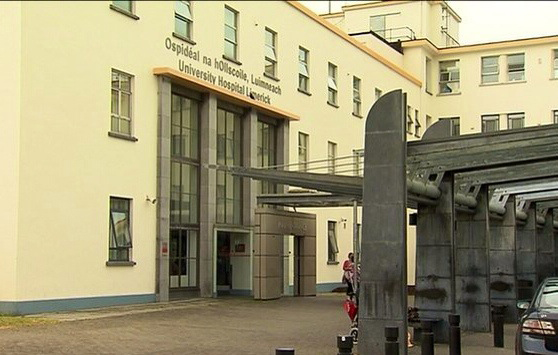
UNIVERSITY Hospital Limerick (UHL) recorded the lowest score of all Irish hospitals in a nationwide patient survey commissioned by the Department of Health.
The latest National Patient Experience Survey (NTES), which involved feedback from almost 13,404 patients, rated the crisis-hit Limerick hospital as the worst of the country’s 40 public acute hospitals.
UHL scored below the national average in all stages of care which included respect and dignity, confidence and trust in hospital staff, as well as the level of communication in the hospital’s emergency department.
828 patients treated at UHL last May were surveyed on their personal experiences and although 77 per cent said they had ‘good’ or ‘very good’ care, a significant minority said they did not always have confidence and trust in hospital staff, and were not always treated with respect and dignity.
35 per cent said they did not get, or only sometimes got, answers they could understand from a doctor or nurse in the emergency department.
22 per cent said that they did not have, or only sometimes had, confidence and trust in hospital staff while 23 per cent said they were not, or were only sometimes, treated with respect and dignity while in the hospital.
Waiting times in the UHL emergency department were significantly longer than the national average.
Only 22 per cent of patients said they were admitted to a ward within six hours of arriving at the emergency department, which is within the HSE performance target range.
51 per cent reported waiting between six and 24 hours. 27 per cent reported waiting 24 hours or more before being admitted to a ward while almost 10 per cent said they waited more than 48 hours for a bed.
Ratings of examination, diagnosis and treatment were below the national average with a number of patients saying they did not have enough time to discuss their care and treatment with a doctor.
The only area where the hospital performed above the national average was when patients were asked if they were offered a choice of food, and if they were offered replacement food.
Responding to the survey findings, a spokesperson for the UL Hospitals Group said that while it was acknowledged that the waiting times in the emergency department were too long, this would be addressed through increases in bed capacity and other measures set out in the Quality Improvement Plan for UHL.
“By implementing these measures, it is hoped that the improvement of the patient experience in admissions can be sustained.”
There was a significantly better outcome for St John’s Hospital where 91 per cent of 131 respondents said their care was either “very good” or “good”. This was seven per cent above the national average.
Among the areas identified as needing improvement were help from staff to eat meals, time to discuss care with a doctor, and involvement in decisions about care and treatment.
Croom Orthopaedic Hospital, where 80 patients participated in the survey, scored above national average in every aspect of care.
by Tom McCullough
[email protected]


